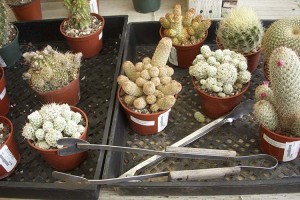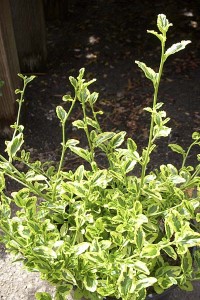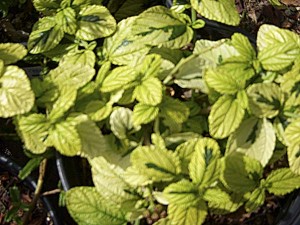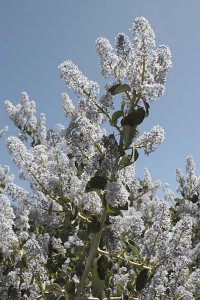Olivier and Clara Filippi have been gardening in the south of France for well over a quarter century. Theirs is a mediterranean climate, and their nursery, Pépinière Filippi, located near Montpellier, specializes in plants adapted to the dry-summer/wet-winter cycles that you find in only five large regions on earth: the Mediterranean zone, proper; South Africa; the southwest corner of Australia; Chile; and much of California.

When I picked up Olivier Filippi’s recent The Dry Gardening Handbook: Plants and Practices for a Changing Climate, I was expecting it to be a different sort of book than it is, maybe something about general drought-tolerant plants, or a volume dedicated to helping your garden adapt to using less water. What this is, however, is a straight book on mediterranean gardening and plants suited to mediterranean climates–something that probably shouldn’t come as a surprise since that’s the focus of the author’s nursery.
There’s a brief introduction to what constitutes a mediterranean climate, followed by notes on the strategies plants use to survive and thrive in it. Good advice on planning, planting, establishing and watering a new mediterranean garden comes next. Then Filippi gives us the heart of the book, a listing of over 400 mediterranean-adapted species, containing common and scientific names, approximate mature plant sizes, and notes on cultivation and propagation. (If you can begin to read French, you can check out the online catalog at the author’s nursery, which closely mirrors the list of plants recommended in the book. There you’ll also find some of the advice that’s offered in the book, although without the nice photos in the book.)
Olivier Filippi gardens in France, and the plant list definitely Eurocentric: lots of different lavenders, cistus, phlomis, for example, with relatively few plants from other the other great mediterranean regions. In fact, many of the non-Mediterranean mediterranean-friendly plants listed are drought tolerant selections from several non-mediterranean climates. For gardeners in dry climates that don’t undergo mediterranean cycles, these suggestions might be some of the best options to try. But those plants might not the be greatest of discoveries: Photinia, heavenly bamboo (Nandina domestica), red-hot poker (Kniphofia sarmentosa) and American gaura (Gaura lindheimeri), for instance, are probably already common offerings in many American nurseries.
One of the book’s most outstanding features is the use of a “drought resistance code” that assigns a number from one to six to each of the species in its plant list. Based on work by plant geographer Henri Gaussen, the number quantifies the number of months of the year a plant can be expected to survive under drought stress. The book also contains instructions on how to calculate the climatic profile of where you live. (I figured out that my coastal San Diego location exerts a 3.5 to 4 drought stress factor. (Edit May 20: I oopsed on my figuring for coastal San Diego. My revised number is a much dryer drought stress factor of 6.)) All that’s a really useful way to understand drought.
When you see plants sold in nurseries and catalogs as drought-tolerant, the description can be meaningless. A variety that would go fine for two weeks without water could turn into seasoned kindling if subjected to six or seven months of continued drying. Realizing that a “drought-tolerant” chamomile plant has a drought resistance code of 2 would begin to tell you that it wouldn’t thrive in the same conditions that would suit California’s more “drought-proof” Romneya coulteri, which has a drought resistance code of 6. Having that information could help you plan companion plantings, as well as help you avoid plants altogether that would only lead to expensive mistakes.
Coming at plantings from a mediterranean focus leads the author to say some choice things about lawns:
You don’t have to be a visionary to see that the traditional lawn is an absurdity in mediterranean climates. If you nurture a deeply rooted feeling that you can’t be happy without a vast, lush lawn, then perhaps you ought to consider going to live in Cornwall… People often imagine that they need a huge expanse of lawn, but all too often the only person who walks over a traditional lawn in its entirety is the unfortunate individual who has to mow it every Sunday.
The author’s solution? Landscaping that pays attention to where you live. For those of you in mediterranean climates, this book can help you develop a deeper understanding of what’s unique about your environment. It can help you come up with good plant choices compatible with what your location offers. Along the way, it could help you save water, reduce pesticide use and maybe even free up some of those Sundays you spend mowing the lawn.

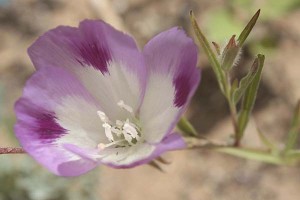
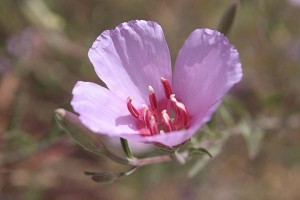
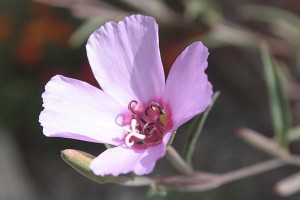
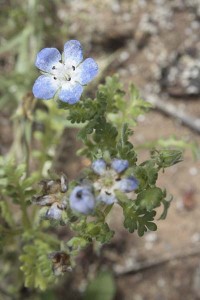

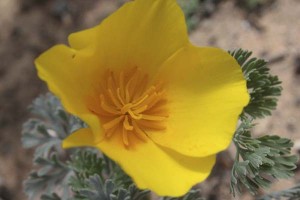

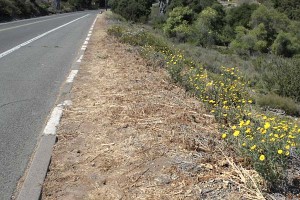
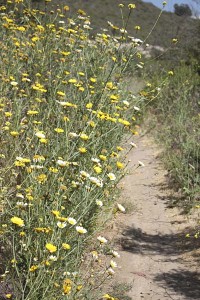
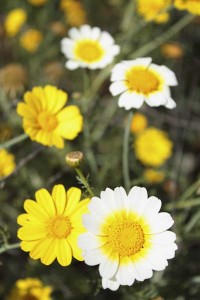
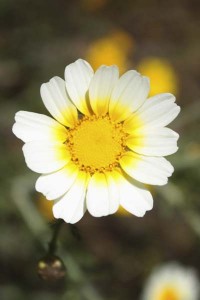
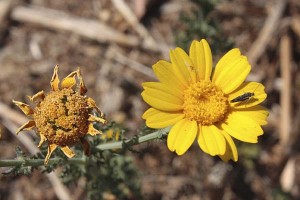
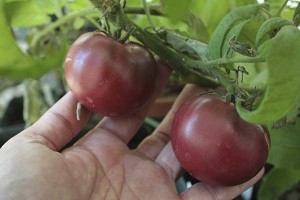
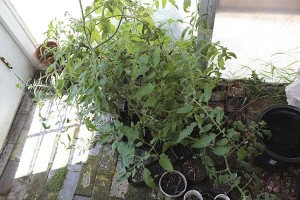
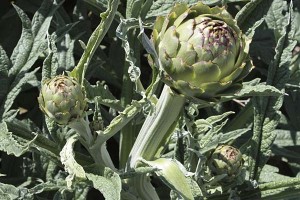
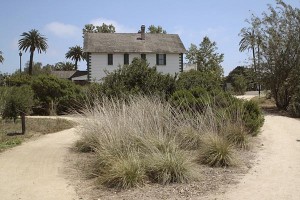
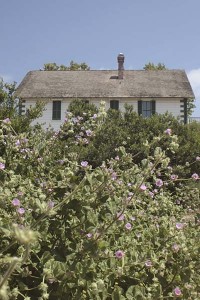
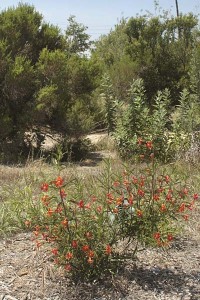
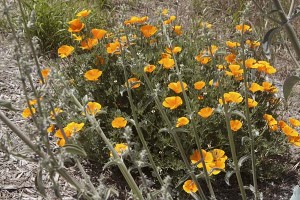


 Left: Edwin Hale Lincoln. Convolvulus Septium, Hedge Bindweed, Morning-Glory, plate 124 from Wildflowers of New England, Photographed from Nature, Volume V, 1904. [ photo from the
Left: Edwin Hale Lincoln. Convolvulus Septium, Hedge Bindweed, Morning-Glory, plate 124 from Wildflowers of New England, Photographed from Nature, Volume V, 1904. [ photo from the 


